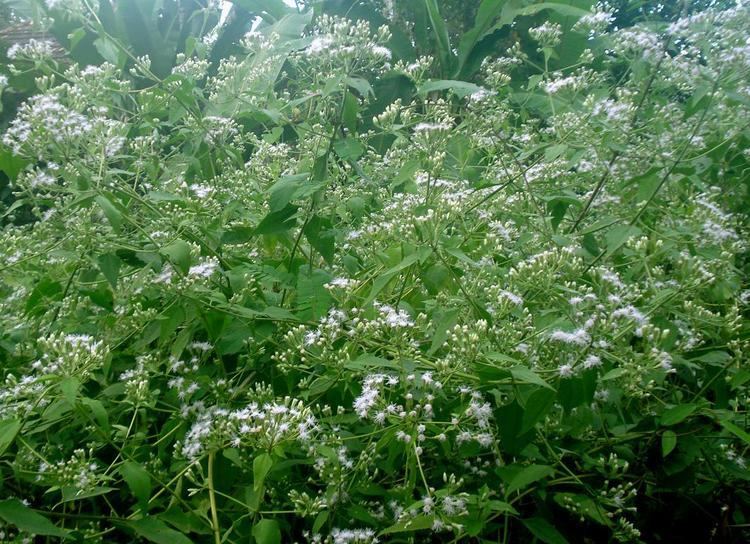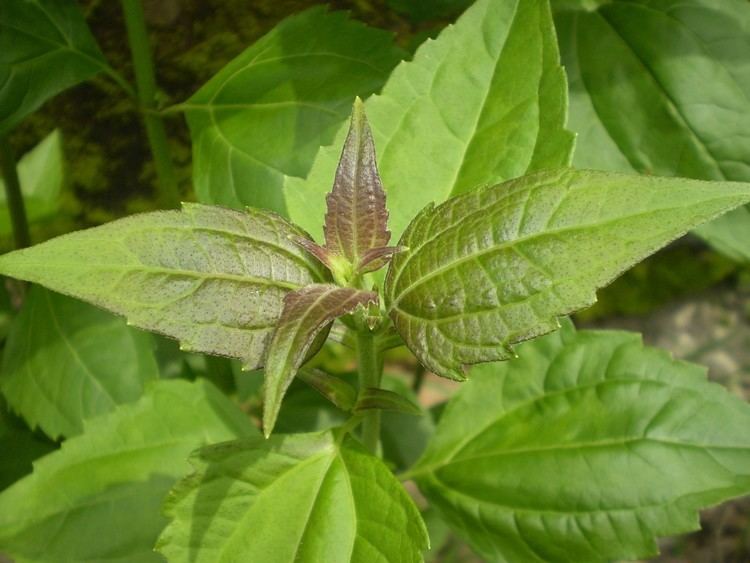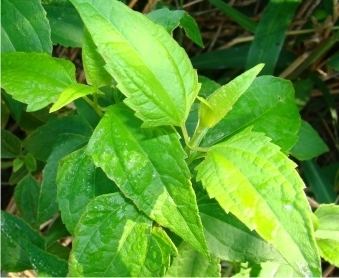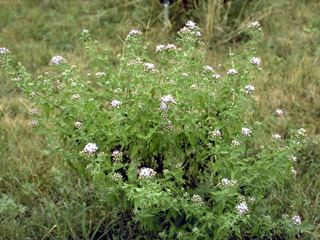Higher classification Chromolaena | Scientific name Chromolaena odorata Rank Species | |
 | ||
Similar Chromolaena, Daisy family, Ageratum conyzoides, Mikania micrantha, Bonesets | ||
Tree chromolaena odorata bokassa
Chromolaena odorata is a tropical and subtropical species of flowering shrub in the sunflower family. It is native to North America, from Florida and Texas to Mexico and the Caribbean, and has been introduced to South America, tropical Asia, West Africa, and parts of Australia. Common names include Siam weed, Christmas bush, devil weed, camfhur grass, common floss flower and triffid.
Contents
- Tree chromolaena odorata bokassa
- Group 9 chromolaena odorata
- Description
- Classification
- Uses
- Invasive species
- Control
- History of introduction
- Toxicity
- References

Group 9 chromolaena odorata
Description

Chromolaena odorata is a rapidly growing perennial herb. It is a multi-stemmed shrub to 2.5 m (100 inches) tall in open areas. It has soft stems but the base of the shrub is woody. In shady areas it becomes etiolated and behaves as a creeper, growing on other vegetation. It can then become up to 10 m (33 feet) tall. The plant is hairy and glandular and the leaves give off a pungent, aromatic odour when crushed. The leaves are opposite, triangular to elliptical with serrated edges. Leaves are 4–10 cm long by 1–5 cm wide (up to 4 x 2 inches). Leaf petioles are 1–4 cm long. The white to pale pink tubular flowers are in panicles of 10 to 35 flowers that form at the ends of branches. The seeds are achenes and are somewhat hairy. They are mostly spread by the wind, but can also cling to fur, clothes and machinery, enabling long distance dispersal. Seed production is about 80000 to 90000 per plant. Seeds need light to germinate. The plant can regenerate from the roots. In favorable conditions the plant can grow more than 3 cm per day.
Classification

It was earlier taxonomically classified under the genus Eupatorium, but is now considered more closely related to other genera in the tribe Eupatorieae.
Uses

It is sometimes grown as a medicinal and ornamental plant. It is used as a traditional medicine in Indonesia, Thailand, Malaysia and parts of Africa including Nigeria. The young leaves are crushed, and the resulting liquid can be used to treat skin wounds. In traditional medicine of Thailand the plant is used for the treatment of wounds, rashes, diabetes, and as insect repellent. It has antifungal and antibacterial properties.

The phytoprostane compound chromomoric acid C-I has been identified from Chromolaena odorata as a strong inducer of the activity of the transcription factor NFE2L2 (Nrf2), a master regulator of a range of genes with defensive, anti-inflammatory, and detoxifying functions. A recent review indicates that the ethno-pharmacological, funcigicidal, nematicidal importance of the plant and its use as a fallow species and as a soil fertility improvement plant in the slash and burn rotation system of agriculture has contributed to its continued use and spread in Nigeria.
Invasive species
Chromolaena odorata is considered an invasive weed of field crops and natural environments in its introduced range. It has been reported to be the most problematic invasive species within protected rainforests in Africa. In Western Africa it prevents regeneration of tree species in areas of shifting cultivation. It affects species diversity in southern Africa. The plant's flammability affects forest edges. In Sri Lanka it is a major weed in disturbed areas and coconut plantations.
Control
Biological control with a defoliating artiid was attempted in the 1970s.
In the Ashanti region of Ghana Pareuchaetes pseudoinsulata was introduced to some effect in a pilot study in the Ashanti region.
A renewed call for coordinated biological control effort in Nigeria was made in 2014, to attempt to bring the plant back into an ecological equilibrium.
In Australia a systematic eradication programme with herbicide has been initiated.
History of introduction
In the nineteenth century Chromolaena odorata escaped from the botanical gardens at Dacca (India), Java (Indonesia) and Peradeniya (Sri Lanka). In Western Africa the plant was accidentally introduced with forestry seeds. It was introduced as an ornamental in Southern Africa, and was introduced to Ivory Coast in 1952 to control Imperata grasses. It was first found in Queensland, Australia in 1994 and was perhaps introduced with foreign pasture seeds.
Toxicity
Chromolaena odorata contains carcinogenic pyrrolizidine alkaloids. It is toxic to cattle. It can also cause allergic reactions.
